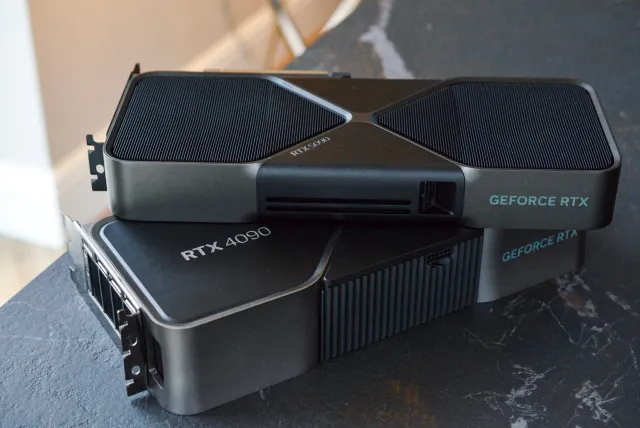Where did the ROPs go?
In a surprising turn of events, Nvidia has officially acknowledged a manufacturing issue affecting some of its most powerful graphics cards — the GeForce RTX 5090, RTX 5090D, and RTX 5070 Ti. The issue, initially reported by TechPowerUp, involves certain GPUs shipping with fewer render output units (ROPs) than advertised. If you’re a proud owner of one of these high-end cards, don’t worry — Nvidia has promised a hassle-free replacement for affected units.
What Went Wrong?
According to Ben Berraondo, Nvidia’s GeForce Global PR Director, the issue is relatively rare, impacting less than 0.5% of GPUs. These faulty cards have one fewer ROP than specified, causing a slight dip in graphical performance.
“We have identified a rare issue affecting less than 0.5% (half a percent) of GeForce RTX 5090 / 5090D and 5070 Ti GPUs which have one fewer ROP than specified. The average graphical performance impact is 4%, with no impact on AI and Compute workloads. Affected consumers can contact the board manufacturer for a replacement. The production anomaly has been corrected.” — Ben Berraondo, Nvidia PR Director
While a 4% performance hit might not sound catastrophic, for gamers and creators who shelled out top dollar for Nvidia’s latest and greatest, it’s a frustrating flaw. Even more so when coupled with the limited availability of the RTX 5090 series at launch.
How to Check If Your GPU Is Affected
Reports of affected cards have surfaced from multiple Nvidia partners, including Zotac, MSI, Gigabyte, Manli, and even Nvidia’s own Founders Edition cards. If you suspect your card might be faulty, you can easily check with a tool like GPU-Z:
- Download and install GPU-Z (available for free).
- Run the software and look at the ROP count.
- The RTX 5090 should have 176 ROPs — if your card shows fewer, it’s time to take action.
In that case, you should contact the card manufacturer directly for a replacement.

Nvidia’s Recent Struggles
This manufacturing glitch adds to a growing list of early issues with Nvidia’s latest GPU lineup. At launch, users reported driver instability, black screen crashes, and even melting power connectors due to the new 16-pin power standard. While Nvidia has been proactive in addressing these issues, it’s understandable that some consumers are feeling a bit burned (pun intended).
The company reassures buyers that the production anomaly has been fully corrected, meaning new cards hitting shelves shouldn’t suffer from this defect. But it raises questions about quality control for such high-end hardware.
What This Means for Gamers and Creators
For most users, the impact of the missing ROPs is minimal — a few frames lost here and there in gaming scenarios, with no effect on compute-heavy tasks like AI training or 3D rendering. Still, when you’ve invested in a flagship GPU, you expect flawless performance.
Nvidia’s commitment to replacing affected cards is a silver lining, showing that the company values its customers and is willing to make things right. But for early adopters, it’s another reminder that sometimes, being first in line comes with a few bumps in the road.
If you’ve been experiencing unexplained performance drops, it’s worth double-checking your card’s ROP count — and if you’re in the unlucky 0.5%, rest assured that a replacement is just a support ticket away.
Stay tuned for more updates as Nvidia continues to refine and improve its next-gen GPUs, and let us know if you’ve been affected by this issue in the comments below!
Would you like me to polish this even more or add extra sections? Let me know — we can make this article even more impactful! 🚀










